 I said I was going to read enjoyable books for a bit, and I thought I’d pick up some of the thin saddle-stitched books that I buy by the dollar bundle at the Friends of the Springfield-Greene County Library book sales to pad my annual stats.
I said I was going to read enjoyable books for a bit, and I thought I’d pick up some of the thin saddle-stitched books that I buy by the dollar bundle at the Friends of the Springfield-Greene County Library book sales to pad my annual stats.
I knew this book was prose instead of poetry, but I didn’t look to closely at it until I sat down with it. Published by Hospice of Huntington and with a The Hospice of Southwest Missouri sticker in the front cover, I discovered I was not in for a comfortable read.
Basically, it’s a set of fictional letters (presumably, as they’re not particularly personal) from a woman who is caring for her father who is in hospice care to her brother who does not live in the area. They demonstrate a gamut of emotions and kind of how the feelings change over the course of hospice care to provide an example for those dealing with it in the now (which was then–a later edition might have emails or social media posts instead of letters).
The book uses the metaphor of redwoods, which it says have shallow root systems, so they have to grow together and entangle their roots to survive–like, I guess, caregivers and their non-profit helpers. Also, I’m not clear whether this is just one entry in a series or if the letters in the book are the series in the title. I guess I could do an Internet search, but, eh. CBA.
You know, I’ve never really had to be a caregiver like this–when my sainted mother was sick, she stayed in her house, alone (jeez, I did that whole thing badly). I remember when my aunt died from cancer twenty years ago visiting her a couple of times while she was waiting to die (my aunt who died six years ago from cancer moved in and took care of her, much like my youngest aunt did as she, my St. Charles aunt, was dying). So the book lightly ruffled my unmitigated guilt for not being a caregiver (but not so rawly as Love’s Legacy did).
Given how small my close family is, I don’t think I’ll ever need to deal with caring for someone at the end of life–I’ll probably be the one needing the caring, and if my matrilineal line is any indicator, not too long from now. But should that befall me, gentle reader, remind me that resources like these are available, or I’ll go crazier eating the emotions on my own.



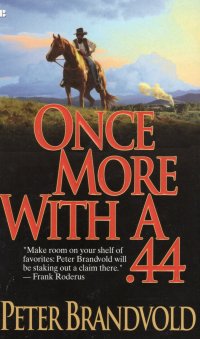 I picked up this book last year
I picked up this book last year 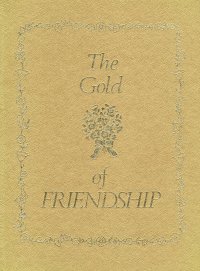 I just picked this book up
I just picked this book up  I got this book
I got this book 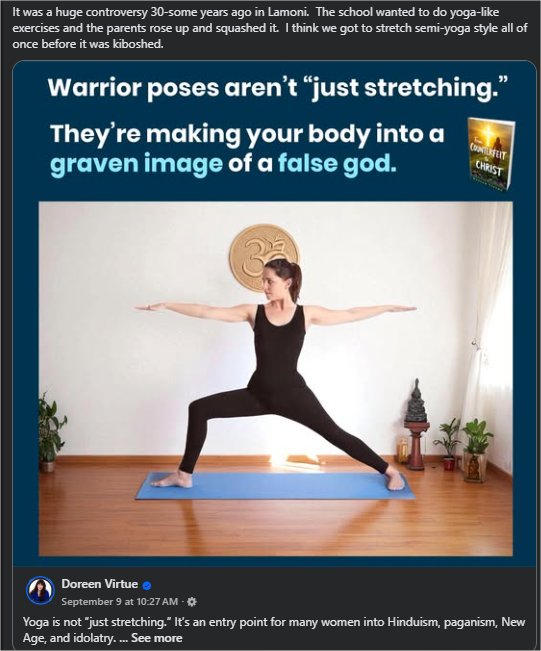
 I just picked this book up
I just picked this book up  I got this remaindered library book at the Friends of the Springfield-Greene County Library book sale
I got this remaindered library book at the Friends of the Springfield-Greene County Library book sale  Sometime on or after seeing my aunt Mary on a recent trip to Wisconsin (How recent?
Sometime on or after seeing my aunt Mary on a recent trip to Wisconsin (How recent? 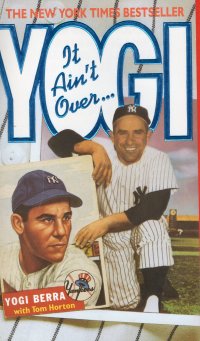 I
I  I picked up this book in a bundle of chapbooks
I picked up this book in a bundle of chapbooks 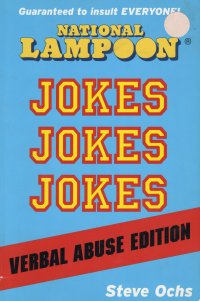 I bought this book
I bought this book 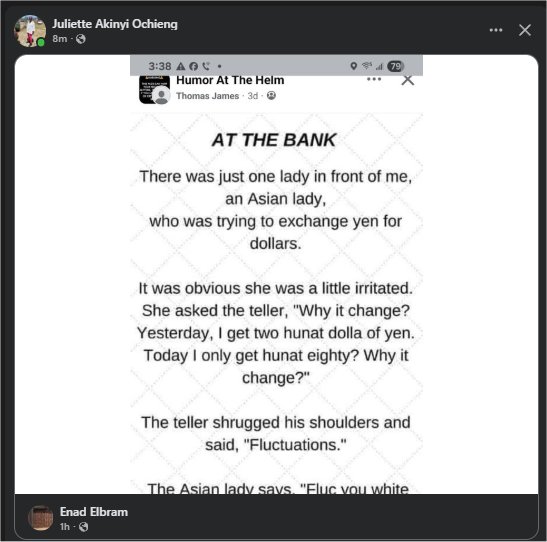
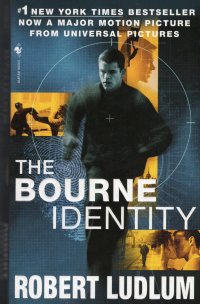 When I bought this book
When I bought this book  This is a relatively recent (2020) hardback from the Salesian Missions collection of poems which I just bought in (
This is a relatively recent (2020) hardback from the Salesian Missions collection of poems which I just bought in (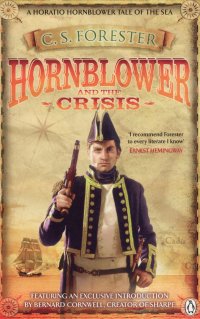 It seems like I just read a Hornblower or O’Brian book, but I might have been thinking of Sharpe’s Trafalgar which mostly took place at sea and which I just read
It seems like I just read a Hornblower or O’Brian book, but I might have been thinking of Sharpe’s Trafalgar which mostly took place at sea and which I just read  As I mentioned when I bought this book
As I mentioned when I bought this book  After I read the first of C.S. Lewis’s Space Trilogy (Out of the Silent Planet), I thought I would pick up something short as a palate-cleanser. Brother, did I go wrong: This 1200+ page book, which I just bought
After I read the first of C.S. Lewis’s Space Trilogy (Out of the Silent Planet), I thought I would pick up something short as a palate-cleanser. Brother, did I go wrong: This 1200+ page book, which I just bought  I bought these books
I bought these books  The second of the two books, the first to be published, is more interesting, actually. Because instead of a stream of out-of-timeline-order memories, we have a number of essays that go into some detail. The first two are about the fans and about the stadium (expanded in that year with the help of a sales tax, and both books are in favor of it). Then we get essays about Fuzzy Thurston, the longtime Packers photographer (Vernon Biever, not Fuzzy Thurston), a couple of early role players who got together and talked about their time with the Packers and being fans, a kicker who went off the rails but turned his life around, a redemption for Tony Mandarich, and then an essay about LeRoy Butler, the longtime safety who did the first Lambeau Leap (and who still does Packers commentary).
The second of the two books, the first to be published, is more interesting, actually. Because instead of a stream of out-of-timeline-order memories, we have a number of essays that go into some detail. The first two are about the fans and about the stadium (expanded in that year with the help of a sales tax, and both books are in favor of it). Then we get essays about Fuzzy Thurston, the longtime Packers photographer (Vernon Biever, not Fuzzy Thurston), a couple of early role players who got together and talked about their time with the Packers and being fans, a kicker who went off the rails but turned his life around, a redemption for Tony Mandarich, and then an essay about LeRoy Butler, the longtime safety who did the first Lambeau Leap (and who still does Packers commentary). Wow, the past was a different country. Especially this genre of humor.
Wow, the past was a different country. Especially this genre of humor. I got this book
I got this book  I got this book
I got this book  Like
Like